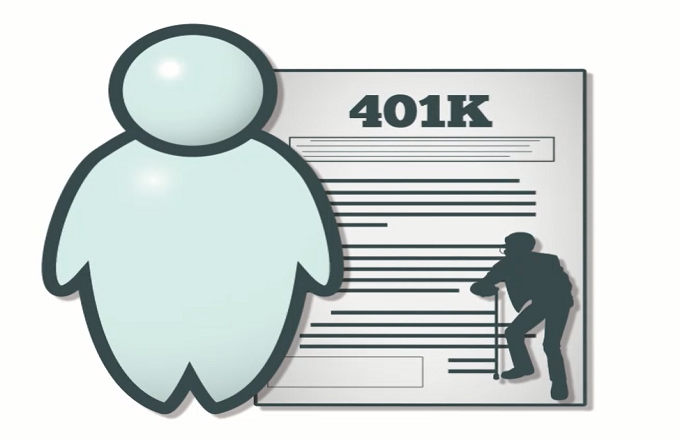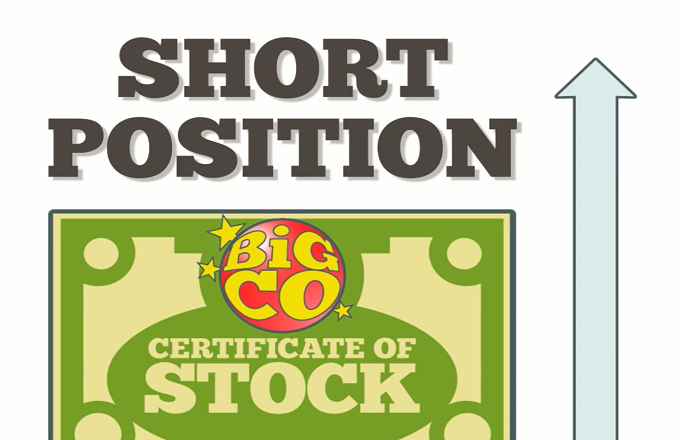When it comes to long-term investing, a little caution can be a virtue. Here’s how you can protect your nest egg from inevitable market volatility.The best way is to diversify your portfolio. The goal is to have a mix of assets that, historically, haven’t climbed and dropped at the same time. Work with a financial advisor to determine the asset allocation that best fits your age and objectives. Direct your investments into the proper stocks, bonds and cash equivalents, and rebalance the mix at the right time. And strike a nice balance within each asset. For example, if 50% of your portfolio is in stocks, split them among large- and small-caps, and between growth- and value-oriented funds. To avoid outliving their assets, retirees should hold some stocks. At the same time, they need to be careful because their investment horizons are shorter. Many advisors suggest keeping enough accessible cash to cover five years’ worth of expenses. It could be in CDs, short-term bonds, or other instruments. Treasury inflation-protected securities, or TIPS, offer some safety from the dangers of inflation. Be disciplined in your spending so you don’t end up making poor investment decisions out of desperation. Withdrawing no more than 3-to-5% each year, and adjusting each subsequent year for inflation, is the suggested rate to maintain your lifestyle. Finally, don’t let emotions take over. When stocks tumble, stay the course. Rebalancing your portfolio on a regular basis will enable you to buy more stocks when the market is down. And don’t cut back on your 401(k) contributions once the economy is humming along. If you’re ahead of expectations when the next bear market arrives, it’ll be easier to handle.





